When it comes to @Delta Chat (39c3) do you know it features 1 to 1 audio / video calls since v2.22?
It has a very lightweight client side app built with web technologies and a minimalist server side component turn server called chatmail-turn.
I am wondering, am I alone running that turnserver behind a nat?
github.com/chatmail/chatmail-t…
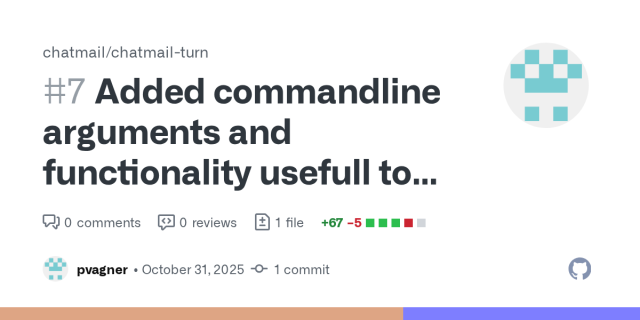
Added commandline arguments and functionality usefull to run behind a NAT by pvagner · Pull Request #7 · chatmail/chatmail-turn
This turn server enumerates all the interfaces found on the system, identifies globally addressable addresses and creates an UDP listen socket on the default port. Relay connections for this scenar...GitHub

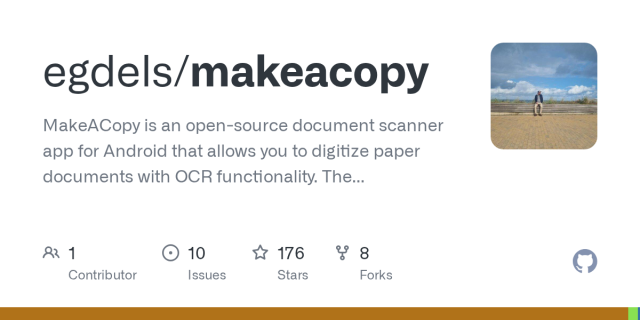

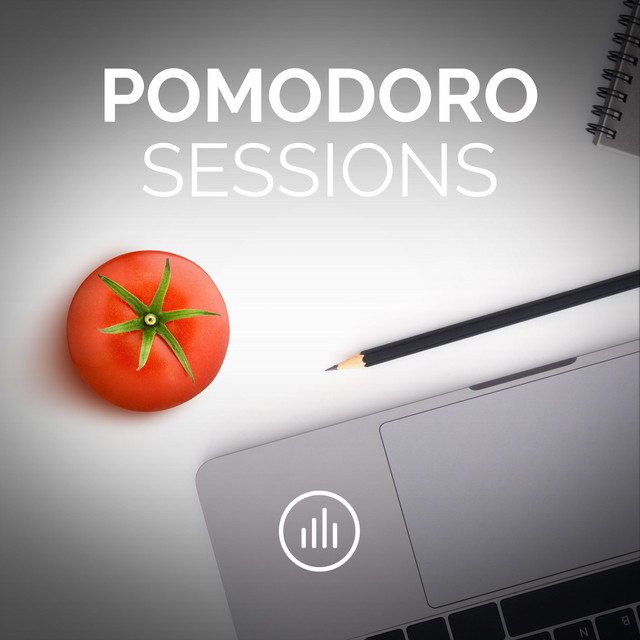



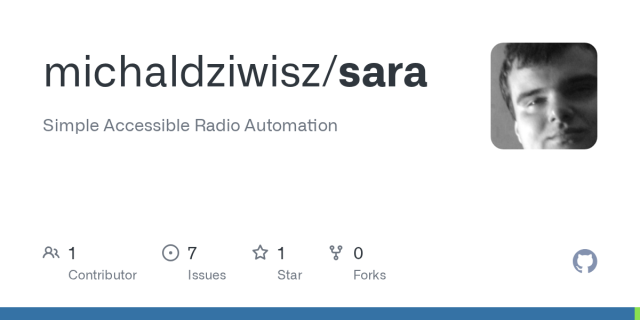

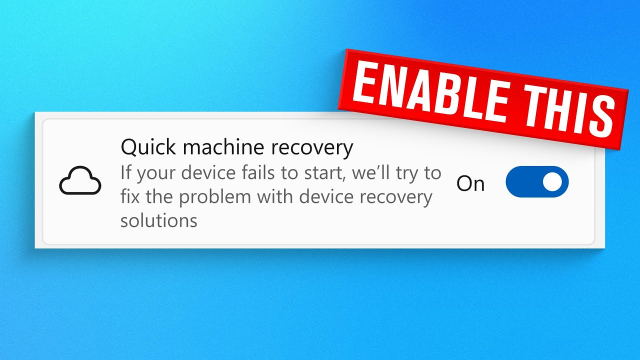

![VOCAL TRANCE: Paipy & Elles de Graaf - The Last Time [Amsterdam Trance] + LYRICS](https://fedi.ml/photo/preview/640/717504)
André Polykanine
in reply to Peter Vágner • • •Peter Vágner
in reply to André Polykanine • •@André Polykanine On linux it's pretty decent after tweaking keyboard navigation as without accessibility specific tweaks even some of the #QML examples are not keyboard navigatable.
I am not yet sure I'm capable enough to make it into at least beta quality, however I'm trying to learn it.